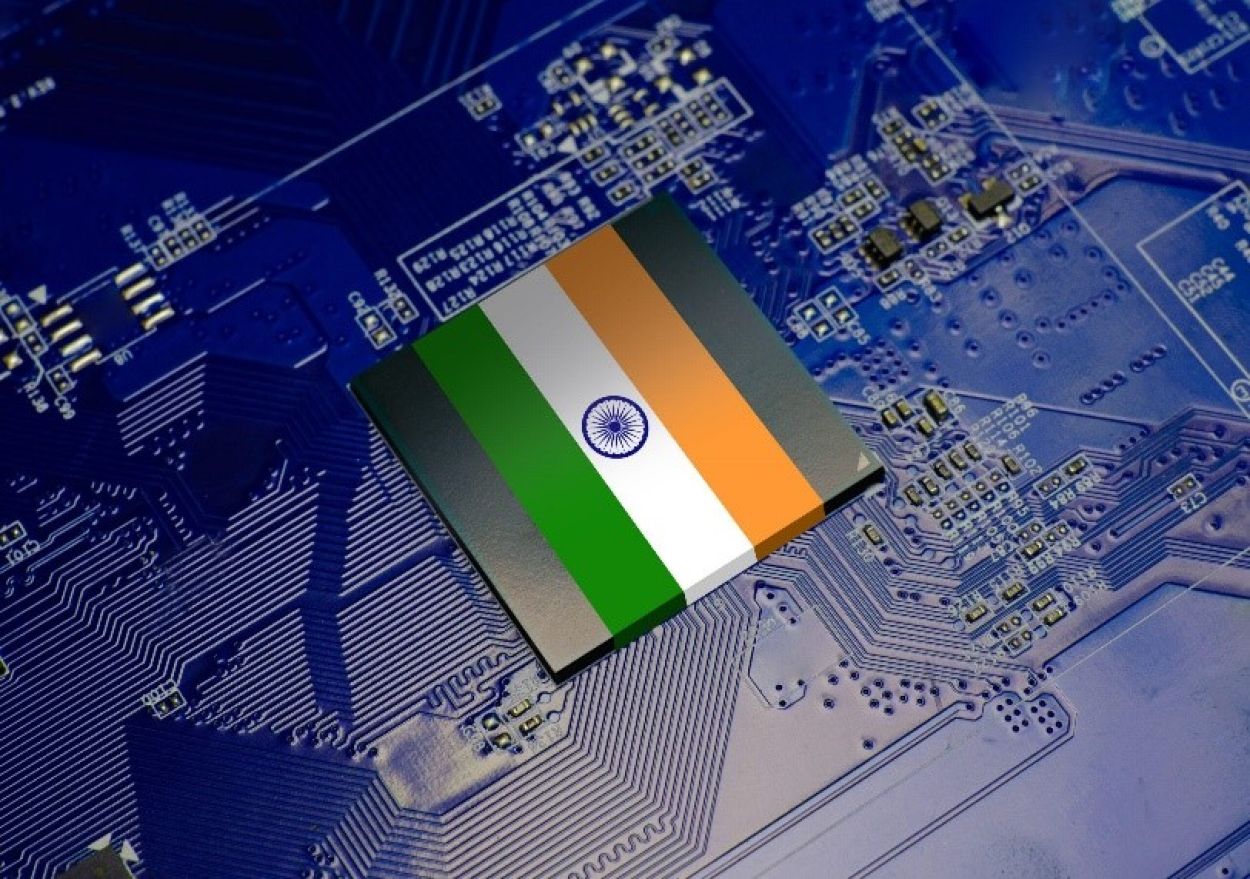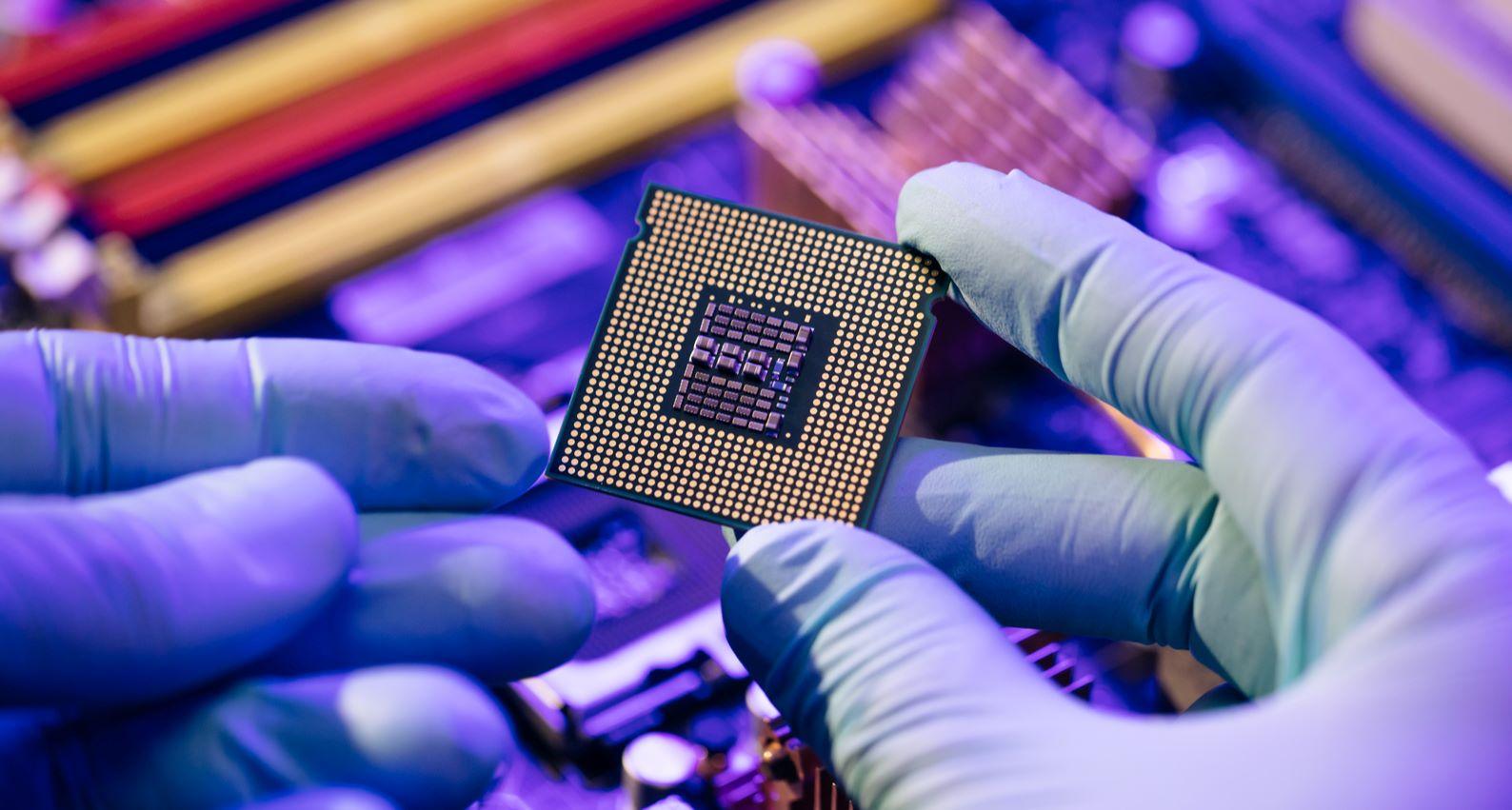Much is said about Indian PM Narendra Modi’s achievements from his recent visit to the United States. The more significant and hyped one is about India’s deal with Micron, which allegedly would mean a major technological breakthrough and a dawn for India’s electronic chip-making industry.
Micron is a major manufacturer of memory chips. It is one of the world’s leaders in the semiconductor industry.
This is the age of electronics that drives everything from washing machines to expensive fighter planes and from the battlefield to artificial intelligence. In a war situation, tanks and artillery are integrated with missiles and drones, and radars and satellites play a decisive role on the battlefield.
The Deal
One view is that notwithstanding the loud claims, India has missed the bus on the key technologies involved in electronic chip-making. Those knowledgeable about the technology assert that India’s Micron deal is only for packaging the chips, assembly, and testing. That is the low end of the electronics industry.
The contention is that “the deal does not touch the core technologies of designing and fabrication of chips, let alone the holy grail of chip-making technology: the lithographic machines that are central to chip fabrication,” writes Prabir Purkayastha in the South China Morning Post of July 4.
If the deal is only for the packaging of the chips, then it is no deal at all. Maintaining autonomy in global affairs implies India thinking most seriously about the future of India’s electronic industry. The industry becomes viable if it can make the latest generation of chips.
How painful that India decided not to rebuild the chip fabrication plant – the Semiconductor Complex – which was coming up in Mohali. This plant, a critical component of our self-reliance in electronics, had mysteriously burned down in 1989. Should subversion be excluded?

Had Micron decided to set up a memory fabrication plant in India, unlike the Foxconn-Vedanta fabrication proposal, it would have been greeted with much fanfare and a robust welcome. Not surprising that Foxconn has no experience in chip-making.
What Micron Offers
Inquisitive observers think Micron is not offering what we are supposed to believe. Of course, it has offered to set up a plant in Gujarat to only “assemble, package and test” chips that Micron has fabricated elsewhere.
The US has these plants at home and in China. Their products will be packaged and tested in India.
What does that mean? It means India has not succeeded in obtaining the goal of chip-making. The Micron deal will not be delivering the cheap-making technology. We will not compete with the US, China, South Korea, and Japan on chip-making.
Instead, we will compete with countries like Malaysia, which is already ahead of us in this area with about 13 percent of the world’s Outsourced Semiconductor Assembly and Test (OSAT) outsourcing market. We shall get the lowest end of the chip-making technology, assembling and testing chips made elsewhere.
“Locating the plants in Malaysia and now in India would be a part of the de-risking strategy of the US companies, where they shift the low end of the chip production to countries like Malaysia and India while encouraging new high-end chip fabrication to the United States, such as Micron’s US$100 billion mega-fab in Clay, Washington,” observed the South China Morning Post of July 4.
Investment Aspect
The talk is about investments for setting up the Micron plant in Gujarat. Who will be footing the bill? The estimated cost of setting up the plant is US$2.75 billion.
The Union government will provide a 50 percent subsidy, and the state (Gujarat) will subscribe to another 20 percent. Micron will be investing only 30 percent of the total capital. But against this 30 percent investment, Micron will hold 100 percent ownership in a plant costing US$2.75 billion.

Its investment is 0.825 billion. Industry reports –e.g., eeNews Europe – calls it an “extreme level of subsidy.” Hence, we are paying 70 percent of the cost while offering our land, cheap labor, etc., to help the US company get 100 percent of ownership.
Conclusion
We have stated above the views of one group of analysts engaged in deciphering the clauses and dimensions of recently agreed technological collaboration between the US and India emanating from the meeting between the President of the US and the Prime Minister of India.
We neither accept nor reject the observations stated above until two governments state their official position on the subject.
It is rather naive to say that since Biden and Modi both are to face fresh elections soon, they have agreed to serve the public relations aspect somewhat clandestinely. Of course, in a democratic dispensation, incumbent governments take care of public relations.
That is what democracy is all about. But to say that public relations can be built on misleading notions is ridiculous, particularly when the leaders of the world’s strongest and the largest democracies are involved.
- KN Pandita (Padma Shri) is the former Director of the Center of Central Asian Studies at Kashmir University. Views expressed here are of the author’s.
- Mail EurAsian Times at etdesk(at)eurasiantimes.com
- Follow EurAsian Times on Google News




